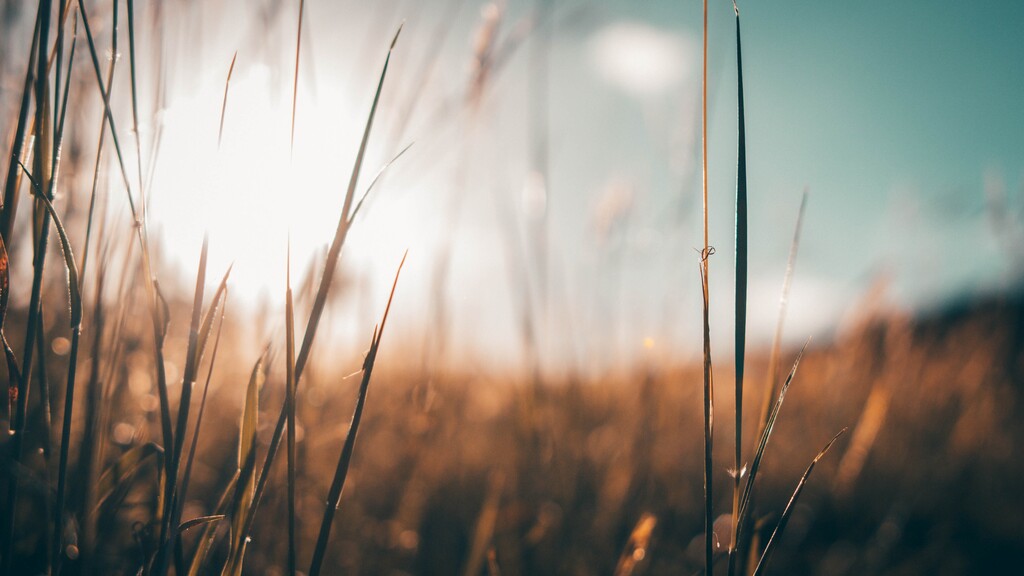

So-called "regenerative grazing" plays a key role in holistic pasture management. Ultimately, it is about the protection, conservation and restoration of our grasslands, which make up about two thirds of the earth's surface.
Here you will find various information on the individual areas!